Czas i czasoprzestrzeń
Zeit und Raum-Zeit
Time and Space-Time
Kurator | curator: Rudolf Němeček
Artysta | Künstler |artist: artyści | Künstler:innen | artists: Zuzanna Capoušková (1979), Ivana Lukavská (1959), Petr Moško (1956), Rudolf Němeček (1949), Iva Pavlátová (1961), Pavel Rejtar (1944), Zdeněk Stuchlík (1950)
miejsce | Ort | place: Magistrale Kunsthalle, Karl-Marx-Str. 192, Frankfurt (O)
Jak postrzegają czas autorzy, którzy próbują przedstawić na fotografiach coś tak podległego wyobraźni? Czas jest czymś, co odbieramy indywidualnie. Rozmaicie odczuwamy tempo, z którym nam go ubywa, i związany z nim ruch. Już nie jest ciągły, został pokawałkowany na odcinki, które odmierzają długość naszego bytu. Staje się najcenniejszą rzeczą, którą mamy i której wciąż nam brakuje. Jeszcze trudniej przedstawić czas muzyki, bo dodatkowo odbieramy dźwięki oraz obrazy. Czas to okres: wiosna, lato, jesień, zima, narodziny, młodość, wiek produkcyjny, starość. Czas to dar dla drugiego, fakt, że się z nim zatrzymasz, spojrzysz w oczy i porozmawiasz. Czas rozgrywa się w mechanizmie zegarka, ale i w życiu. Czas to biegacz z długim krokiem. Kończy się dla nas w ciszy pomnika. To jest finis naszej podróży. Czas i przestrzeń nie mogą istnieć samodzielnie. Istnieją jako czasoprzestrzeń, która odzwierciedla naszą ograniczoność. Połączenie tych pojęć w twórczości fotograficznej umożliwia np. styl zwany kubizmem magicznym, który podkreśla zmienność rzeczywistości naszego świata i naszego istnienia w czasie. Czas(oprzestrzeń) występuje bezpośrednio w fizycznej rzeczywistości, ale i w sferze duchowej, w ludzkich konstruktach i w ludzkiej psychice.
Rudolf Němeček
Wie nehmen Autoren die Zeit wahr, die versuchen, Phantasie in Fotografien darzustellen? Zeit ist etwas, das wir individuell wahrnehmen. Wir erleben sie unterschiedlich in der Geschwindigkeit, mit der sie verschwindet, und in der Bewegung, die sie mit sich bringt. Sie ist heute nicht mehr kontinuierlich, sondern in Segmente unterteilt, die die Länge unseres Seins messen. Sie wird zu dem Kostbarsten, und ständig haben wir davon zu wenig. Noch schwieriger ist es, die Zeit der Musik darzustellen, weil wir gleichzeitig Töne und Bilder wahrnehmen. Zeit ist Zeitraum: Frühling, Sommer, Herbst, Winter, Geburt, Jugend, Arbeitsalter, Alter. Zeit ist ein Geschenk an einen anderen Menschen, die Tatsache, dass man innehält, ihm in die Augen schaut und mit ihm spricht. Die Zeit spielt sich im Mechanismus einer Uhr ab, aber auch im Leben. Die Zeit ist ein Läufer mit einem langen Schritt. Sie endet für uns in der Stille eines Denkmals. Es ist die Finis unserer Reise. Zeit und Raum können nicht unabhängig voneinander existieren. Sie existieren als eine Raum-Zeit, die unsere Begrenzung widerspiegelt. Die Kombination dieser Konzepte in der fotografischen Arbeit wird durch einen Stil ermöglicht, wie z.B. den magischen Kubismus, der die veränderliche Realität unserer Welt und unserer Existenz in der Zeit betont. Zeit(raum) tritt direkt in der physischen Realität auf, aber auch im geistigen Bereich, in menschlichen Konstruktionen und in der menschlichen Psyche.
Rudolf Němeček
How do artists who attempt to represent in their photographs something so dependent on perceive time? Time is something we perceive individually. We experience differently both the speed with which it runs out and movement that depends on it. It is no longer continuous, it has been shattered into segments that measure the length of our existence. It becomes the most precious thing we have and that we always lack. It is even more difficult to represent the time of music, because at the same time we perceive also sounds and images. Time is a period: spring, summer, autumn, winter, birth, youth, working age, old age. Time is our gift to other people, the fact that you stop and look into their eyes and talk to them. Time happens in the mechanism of a watch, but also in life. Time is a runner with a long stride. It ends for us in the silence of the monument. It is the finis of our journey. Time and space cannot exist independently. They exist as space-time that reflects our limitation. The combination of these concepts in a photographic work is made possible, for example, by a style called magic cubism, which emphasises the mutable reality of our world and our existence in time. Time(space) exists directly in physical reality, but also in the spiritual realm, in human constructs and in the human psyche.
Rudolf Němeček
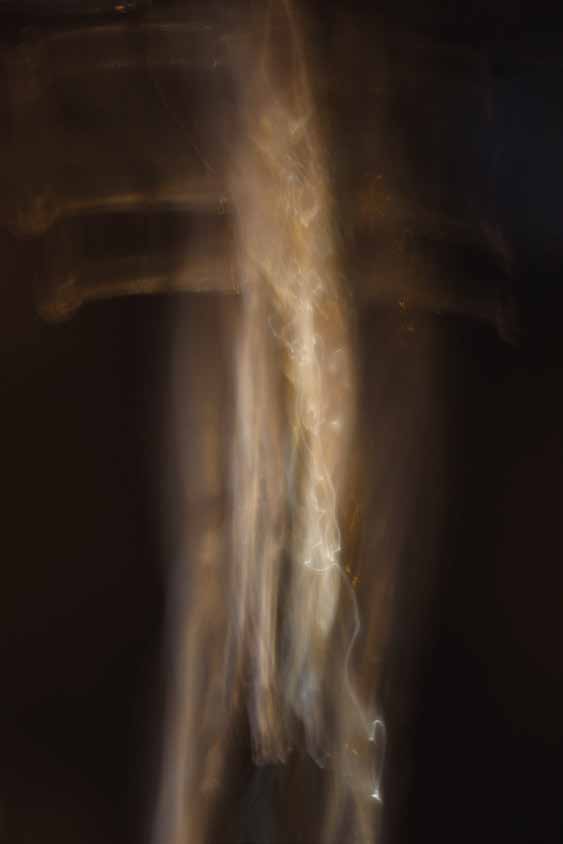
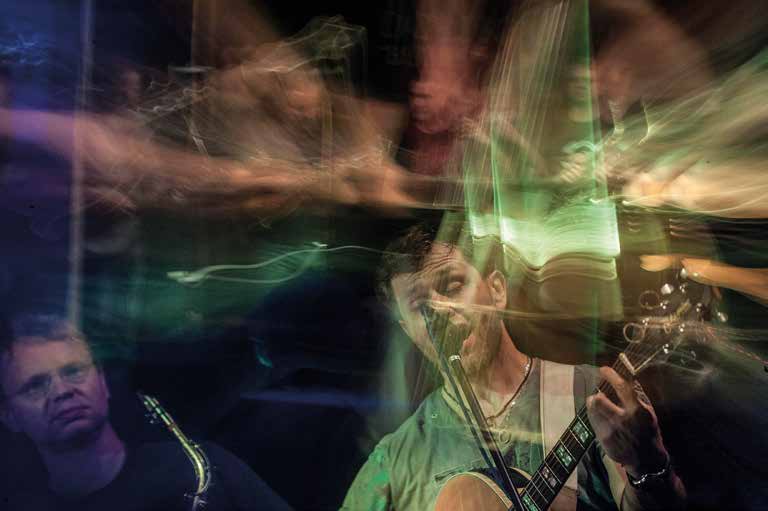
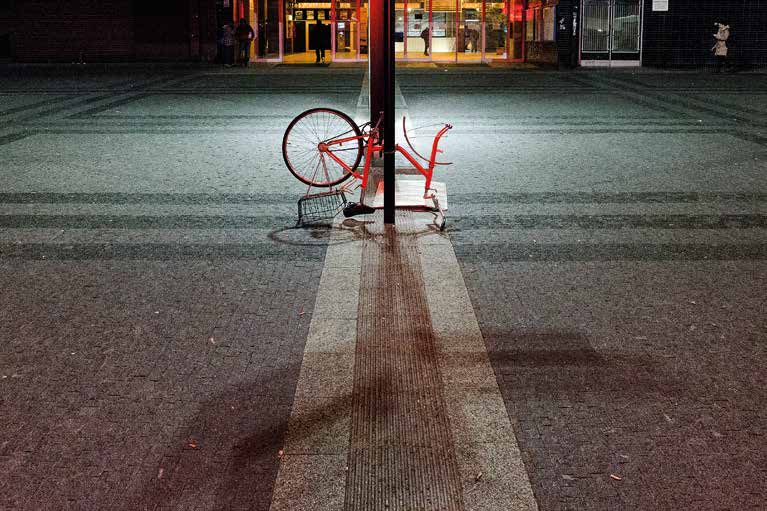
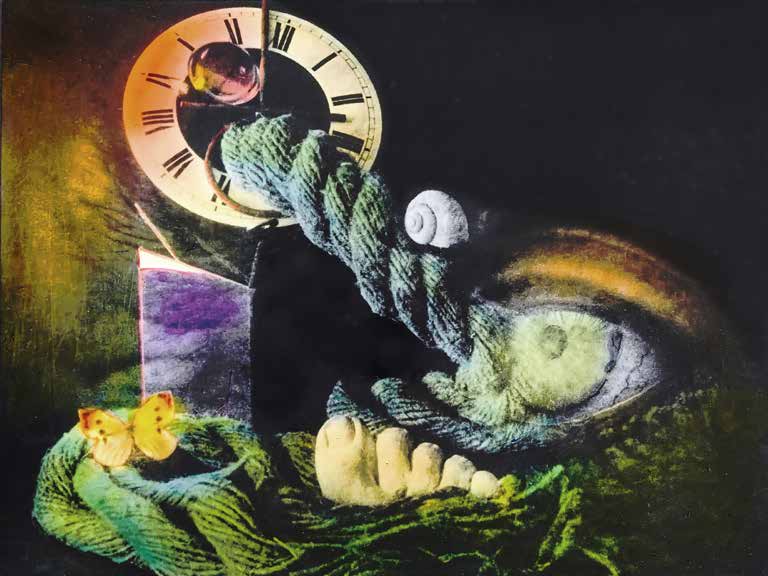
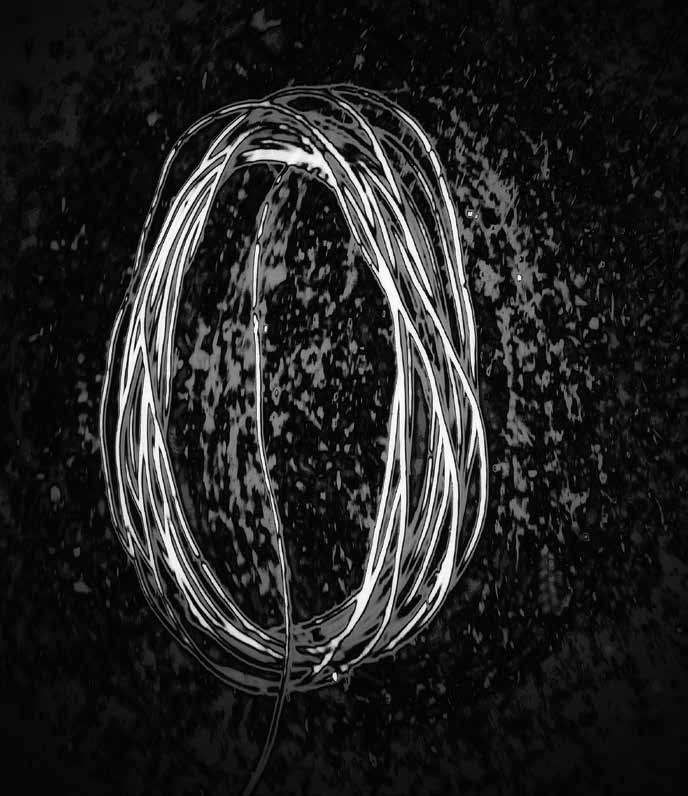
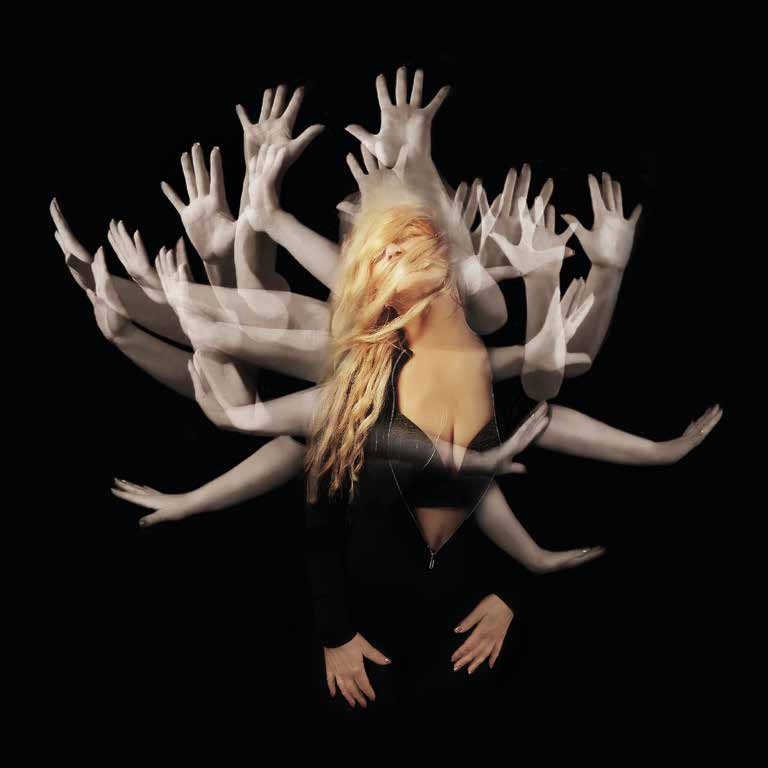
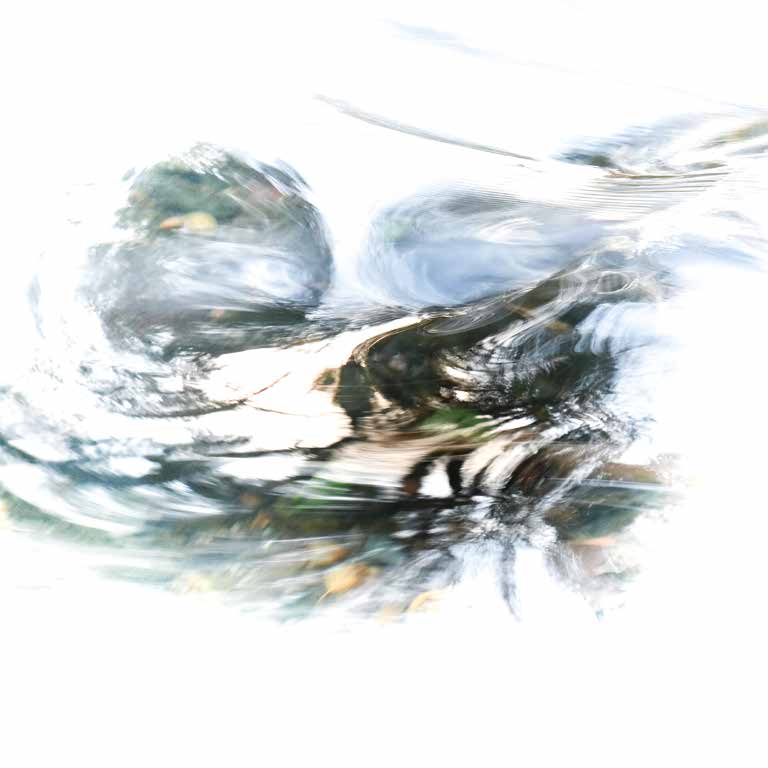
Przy wsparciu | Mit freundlicher Unterstützung | supported by
